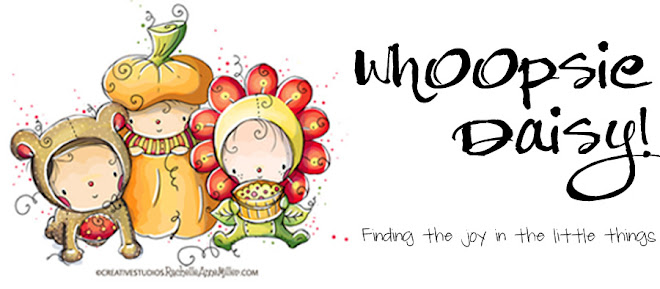Why do you store your Copics in those groups?
- I like to store my Copics in the smaller groups so that I can find the markers that I want that I think will blend best more quickly than having to rifle through the markers each time. If you look closely, you will see that my markers are grouped separately by their last digits 0-3, 4-6, and 7-9. Then within each group, I have them roughly in the same order from small to large numbers and then color groups.
Is there one way that Copics need to be stored? Why do you store your Copics upright? You have them in a cup, I wouldn't think you would want them standing up. Where did you get the black tins?
- One of the coolest features of Copics are that they can be stored both ways... horizontally or vertically (upright or on their side)! Unlike other markers, Copics can be stored upright. Isn't that neat? I found the black tin pails at Target in the dollar bin section last year.
I don't understand the light and shading.....unless the shade is really there I don't now how to judge the light or shadow.....this is very confusing to me. I am struggling with that when I color, I just shade anywhere. Does it really matter?
- It does matter. Take a good look around you. There is a light source somewhere and shadows are cast from it. It takes some time and practice with the eye but my suggestion to you is to start noticing how light casts shadows all around you. Take in the highlights and contrasts of an object that sits in the sun and see where the sun hits it first and where the shadows start and gets darker.
A MUST READ is Marianne Walker (Copic instructor extraordinaire) post on basic shadows - Part I and Part II. Part I will go over outline shadowing your image (like what I do with my gray markers or BG10) and also shadows on the ground. Part II goes further into shadows such as contrasts and highlights. If you still have questions, you can email me (whoopsie.daisy[at]sbcglobal.net) and I can see if I can break it down even more for you. I won't be online for the next several days so you won't hear from me until at least Sunday. But take your time going through Marianne's information on shadows and see if any of it gels for you as you try to apply it to your work.
I noticed you used Copics more often than Sketch or Ciaos. Is there a reason for this?
- My husband bought me Set A of Copics for our anniversary last year (looooooove him!) and so that is why I happen to own more Copics than Sketch or Ciaos. I wouldn't buy Ciaos only because of the amount of ink I use and because Memories Live On sells only Copics and Sketch. I buy all of my 00 and 000 and most of my lighter colors in Sketch because of the blending that I like to do with them... so much easier with the brush. However, I find that in the end, it's the "look" that determines what I use (hard tip vs. brush).
Let's start blending those flowers!
I mentioned earlier that I was going to show a few blending techniques for the flower.
I've run out of time today before I have to catch my flight to Oregon.
So I'm going to show you one technique now and then come back on Monday to show you a couple more.
Now, I am going to demonstrate a technique called "feathering" or "zipper".
To be honest, I had a hard time at first with this technique. I finally caught on to the fact that you need to really get the brush down firmly and then gently lift off the page as you take the brush stroke to get the "feather" or "zipper" effect. Again... practice, practice, practice!
It REALLY does get easier as you try this one over and over again. Also, it helps to not overthink it too much.
Marianne suggests starting with 2 lighter colors that end with a 4 or less.
I'm using RV02 and BV00. She also suggests working in long thin areas (my little flower is a little small for this technique but I have to admit I use this technique often for a lot of different areas where I want this two-tone effect).
However, when you are starting out, DO practice in long strokes until you get the hang of it.




So here I am doing somewhat the same to the flower, only using less of the tip than I normally would (only because of the small area that I am working with).


I went over some of it with a Colorless Blender, just to give it some smoothness:

Final touch is going around the birdie with my BG10 and creating an outline shadow for a little "pop".

I hate to post and run, but I have to really go now.
I will be back online again on Sunday to answer emails and Monday to post another tutorial.
Until then, post any questions or comments here or feel free to email me at:
whoopsie.daisy(at)sbcglobal.net
Toodles!




















